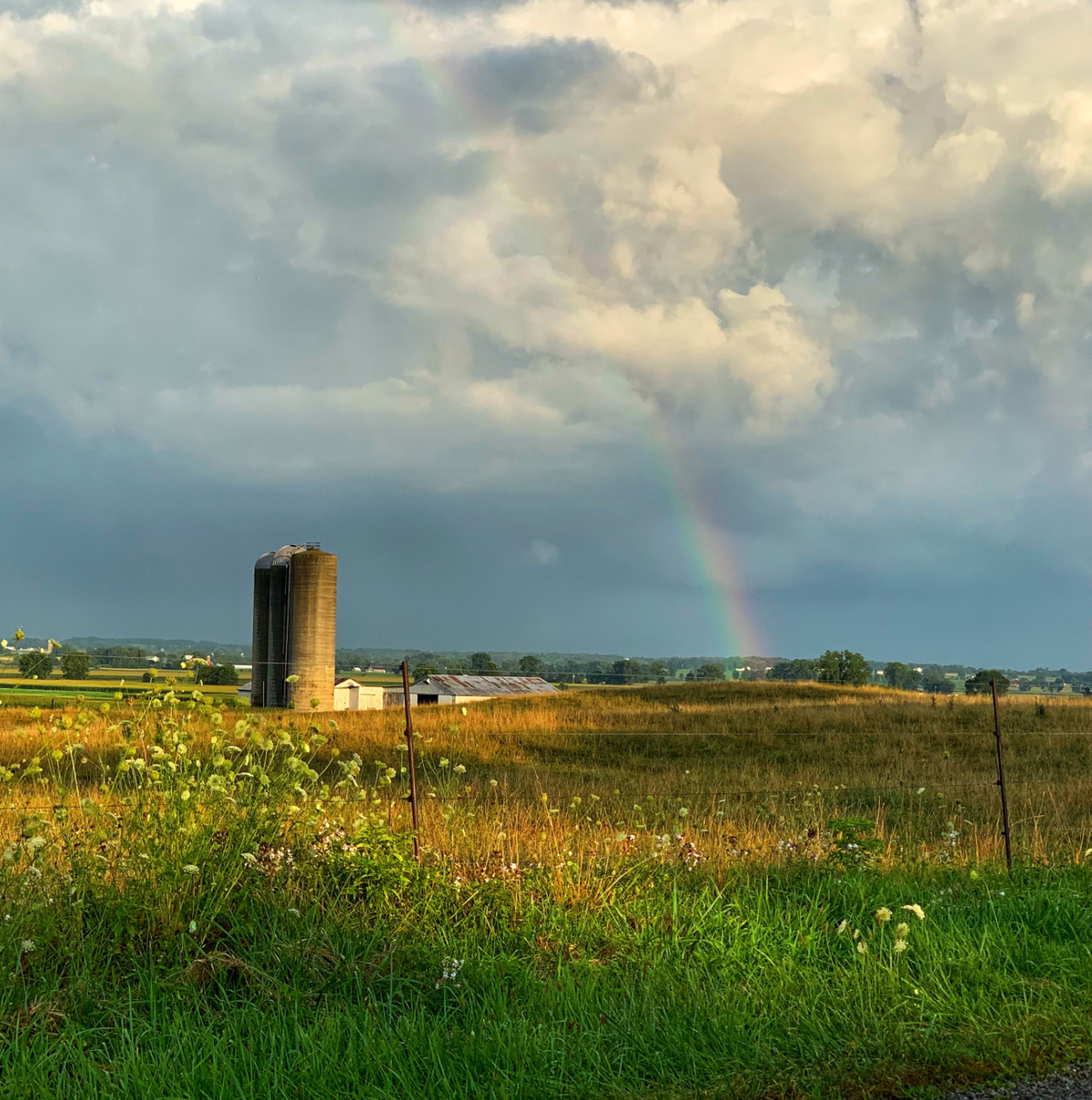Lower Ag Greenhouse Gas Emissions in 2021 Driven by Market, Climate Shifts — Not Policy
The EPA report showed agricultural emissions nationwide dropped an admirable 1.8% from 2021 to 2022.

This article by Dave Dickey originally appeared in Investigate Midwest.
The president of the American Farm Bureau Federation has gotten it totally wrong on why agricultural greenhouse gas emissions have fallen in the EPA's most recent annual emissions inventory report.
The EPA report showed agricultural emissions nationwide dropped an admirable 1.8% from 2021 to 2022. U.S. agricultural emissions in 2022 were 634 million metric tons in CO2 equivalents — 9.99% of all U.S. greenhouse emissions. The 2022 ag decline was the largest decrease of all sectors that EPA reports on including transportation, energy and industrial usage.
On the surface, that’s great news for combating climate change brought on by greenhouse gas warming the planet. Right? But check under the hood, and it’s a different story.
AFBF President Zippy Duvall would have you believe that new and improved on-the-farm practices were primarily responsible for the decline.
“The latest numbers demonstrate farmers’ and ranchers’ commitment to growing the food and fiber America’s families rely on while improving the land, air and water, a benefit to the farm and the climate. The drop in agricultural emissions highlights the success and importance of voluntary and market-based programs that support farmer efforts in sustainable agriculture practices.”
Not so fast, Zippy.
The EPA report paints a different story: “From 2021 to 2022, emissions decreased by 2 percent, largely driven by a decrease in beef cattle populations.”
Yup. There were fewer cattle in the U.S. USDA reported the U.S. all-cattle inventory fell by 1.9 million head in 2021 to 91.9 million. And cattle are the number one driver of U.S. methane discharges.
I am sure Big Meat has recently spent a lot of sleepless nights wondering what it can do to reverse what now must be considered a trend of cattle producers trimming their herds.
This past January, USDA reported 87.2 million head of cattle and calves on U.S. farms. And cattle production this year continues to decline.
All of which could potentially further lower agricultural greenhouse emissions.
Fewer cattle in 2021 was also responsible for lower nitrous oxide emissions from concentrated animal feeding operations’ manure lagoons. Fewer cattle equals less poop.
The truth of the matter is that drought was primarily responsible for falling U.S. agricultural greenhouse gas emissions in 2021. Yes. Drought.
Going into the fall of 2021, the U.S. Drought Monitor reported, “90% of the West region (including Colorado and Wyoming) is characterized as ‘in drought’ with 54% in Extreme Drought or Exceptional Drought.”
Dryer than a James Bond vodka martini.
Let's connect the dots. Severe drought blanketed U.S. cattle producing states in 2021. The drought decimated available grassy pasture and reduced water supplies.
Simply put, the weather forced many cattle producers to cull their herds.
And the drought accelerated into 2022, reaching record proportions.
Fertilizer usage also contributes to nitrous oxide emissions in the U.S. In 2021, retail fertilizer prices spiked higher due to supply chain shortages linked to Russia's war on Ukraine.
USDA reported in its Crop Production 2022 Summary that corn for grain production was estimated at 13.7 billion bushels, down 9% from the 2021 estimate. Meanwhile, soybean production totaled 4.28 billion bushels, down 4% from 2021. Overall, the area harvested for grain was estimated at 79.2 million acres, down 7% from the 2021 estimate.
Faced with sky-high fertilizer prices in 2021, farmers either reduced planted acreage on their farms or switched when possible from corn to soybeans, which uses less fertilizer.
In 2021, farmers made pragmatic fertilizer decisions based on profitability, rather than on any new policy, law or regulation.
Which is to say that U.S. agricultural greenhouse gas emission numbers are squishy, requiring interpretation to understand their implications to fighting climate change.
Fertilizer prices rise and fall. If it’s profitable, cattle producers will begin increasing herd size.
In short, the 1.8% decline in agricultural greenhouse gas emissions in 2021 isn’t sustainable.
Much more needs to be done to improve measurement, monitoring, reporting, and verification of U.S. greenhouse gas emissions and carbon sequestration in climate-smart agriculture and forestry.
Fortunately, that effort could soon be underway — if it isn't somehow torpedoed by the November elections. USDA has named seven areas of focus including establishment of “a soil carbon monitoring and research network with a perennial biomass component,” and improving “models and tools for assessing greenhouse gas outcomes at operational, state, regional, and national scales.”
It's important that USDA be allowed to proceed to better understand climate change outcomes brought on by U.S. contribution to global warming, with an eye toward giving farmers additional greenhouse gas mitigation opportunities not based on drought or supply and demand.
This article first appeared on Investigate Midwest and is republished here under a Creative Commons license.




